The rise, the fall and to some extent - the survival - of New Zealand's provinces are explored in a new book by historian Andre Brett.
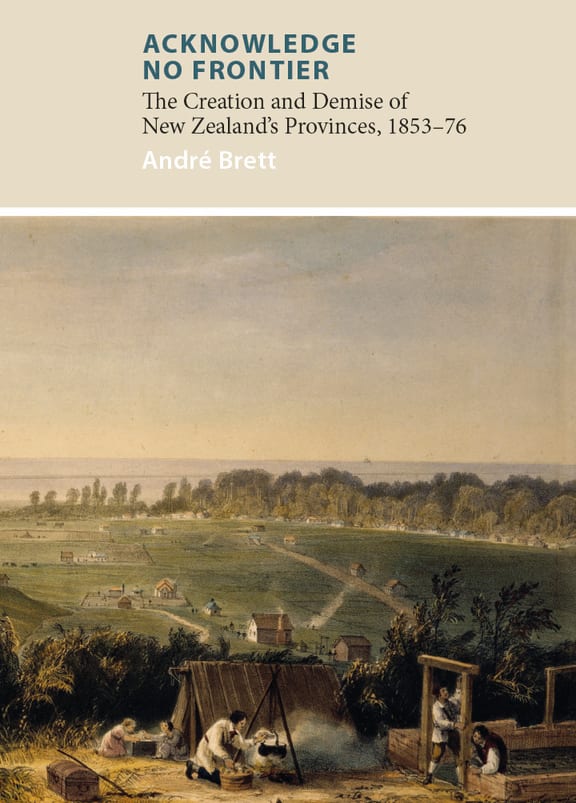

Nelson in 1842. John Waring Saxton, PUBL-0011-06-2, Alexander Turnbull Library, Wellington
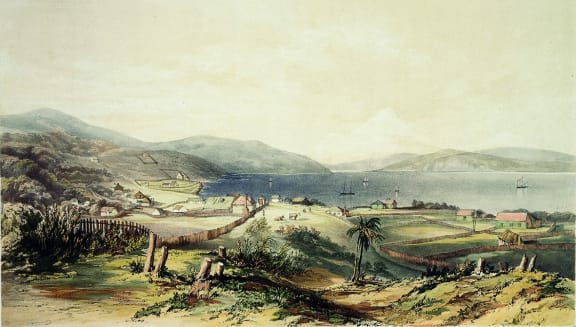

Dunedin and its harbour as viewed from Stafford Street in 1849, not long after the foundation of the Otago settlement. Charles Henry Kettle, C-010-001-a, Alexander Turnbull Library, Wellington
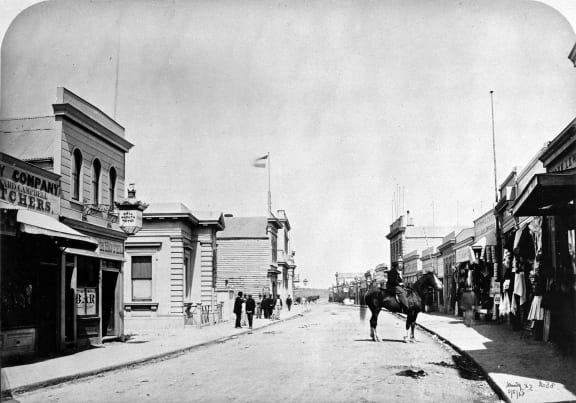

Revell Street on 2 March 1868, not long after Hokitika became capital of the new Westland County. Daniel Mundy, PA1-f-041-38, Alexander Turnbull Library, Wellington
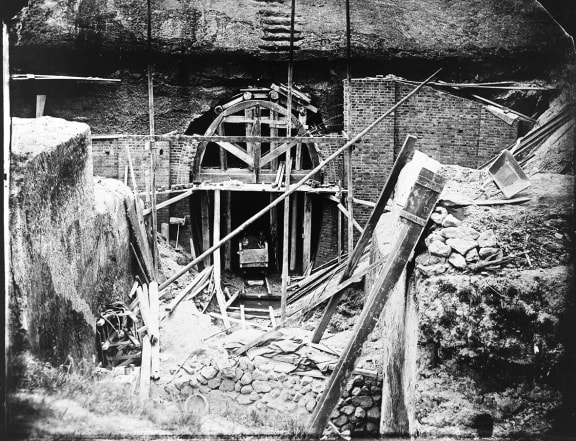

The Parnell railway tunnel under construction in 1865, before work ground to a halt. It was replaced in 1915 by a new double-track tunnel and used as a temporary air-raid shelter in World War II. 4-126, Sir George Grey Special Collections, Auckland Libraries
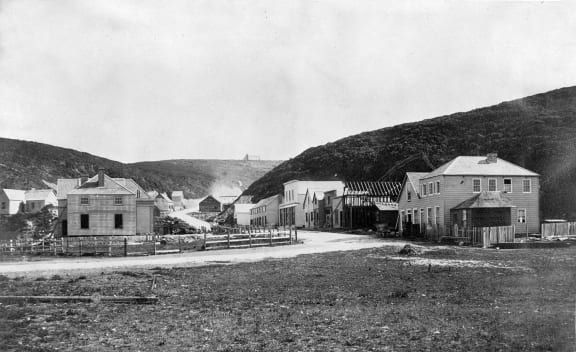

Commercial buildings along Shakespeare Road, Napier, in 1862.
PA1-q-193-072, Alexander Turnbull Library, Wellington

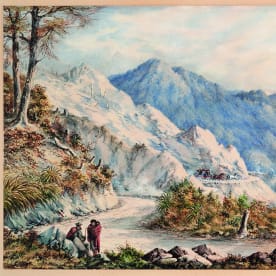
Charles Barraud’s 1869 watercolour of the difficult road across the Rimutaka Range.
C-003-005, Alexander Turnbull Library, Wellington
From breaking in land, establishing roads, rail and infrastructure against a backdrop of the Māori Land Wars, Acknowledge No Frontier, covers the period from 1853 to 1876.
It was a short-lived period of self governance for six key provincial areas.
So what were they dealing with? And what have been the lasting impacts?
Dr Brett, who teaches history at Melbourne University, talks to Kathryn Ryan, and answers these questions.













